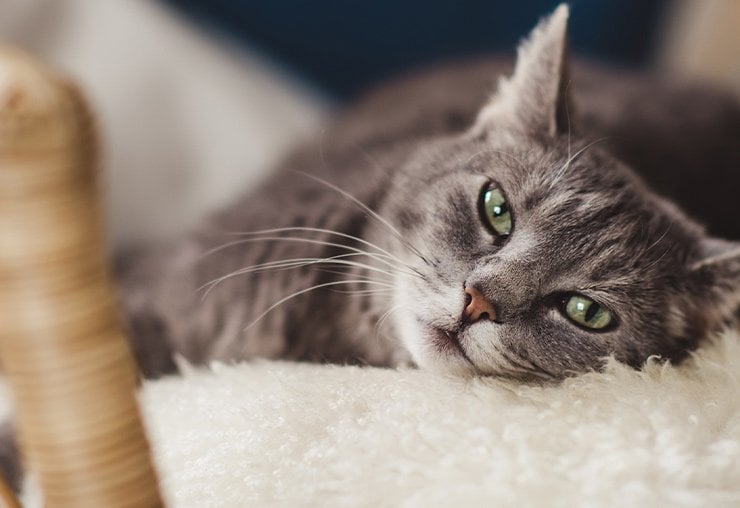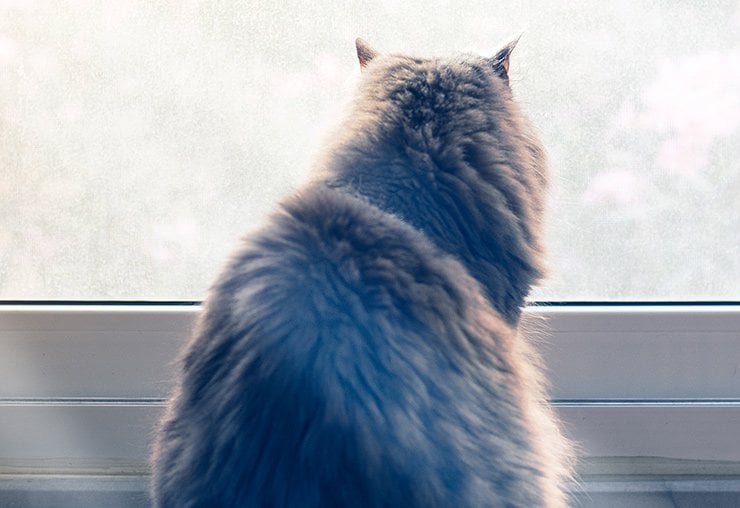Ragdoll
Affectionate, easygoing and one of the biggest domesticated cat breeds
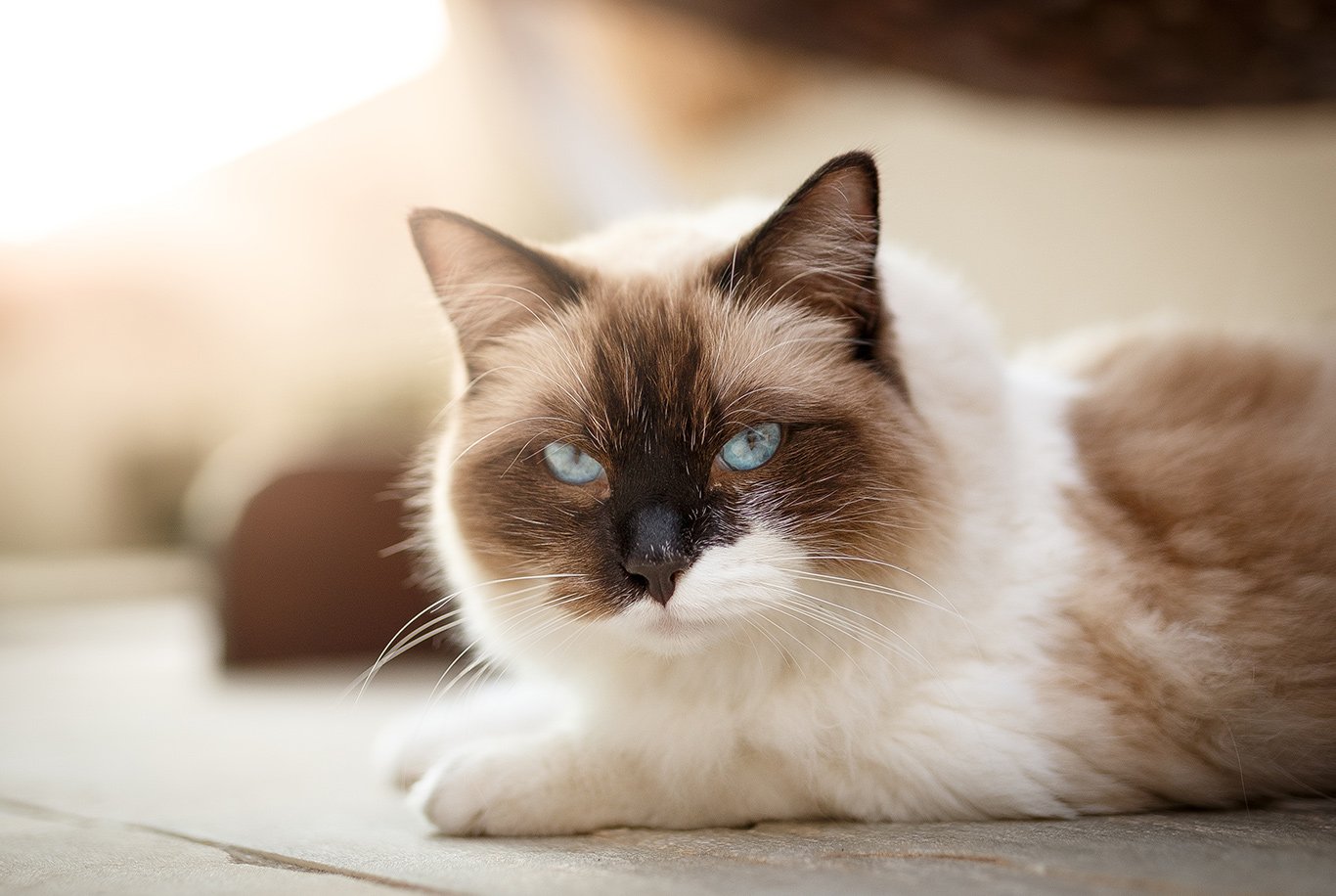
Ragdoll is a large and quite muscular cat breed with a soft and silky coat that is medium in length. This breed is famous for its affectionate nature and relaxed demeanour.
 Country of origin: Country of origin: |
Country |
 Personality: Personality: |
Obedient, Intelligent, Alert, Curious, Loyal, Confident, Watchful, Courageous |
 Coat: Coat: |
Shorthair |
 Colour: Colour: |
Black, Black & Tan, Sable, Red & Black, Grey, Black & Silver |
 Characteristics: Characteristics: |
Curly coat, short tail |
 Life expectancy: Life expectancy: |
from 9 to 13 years |
Ragdoll kittens
Ragdoll kittens are rather easygoing and intelligent, so should learn quickly and can easily pick up tricks. Always remember to begin kitten training as soon as possible. In general, cats respond well to rewards and praise in training, so always have some treats handy - Kycklingfile or Tuna Recipe from Husse range make for a tasty motivation in your cat’s learning process. Distracting your kitten with a toy is also a great training technique. Try to shift your cat’s focus whenever a kitten does something unacceptable to promote good behaviour in adult life. Kittens should be fed a special diet made specifically for them until at least one year of age. Between 2nd and 6th month of their life kittens go through a rapid growth stage. A balanced diet that will deliver all the necessary nutrients and energy to sustain such rapid development is a must. Kattunge from Husse range was designed to meet kittens’ unique nutritional needs.
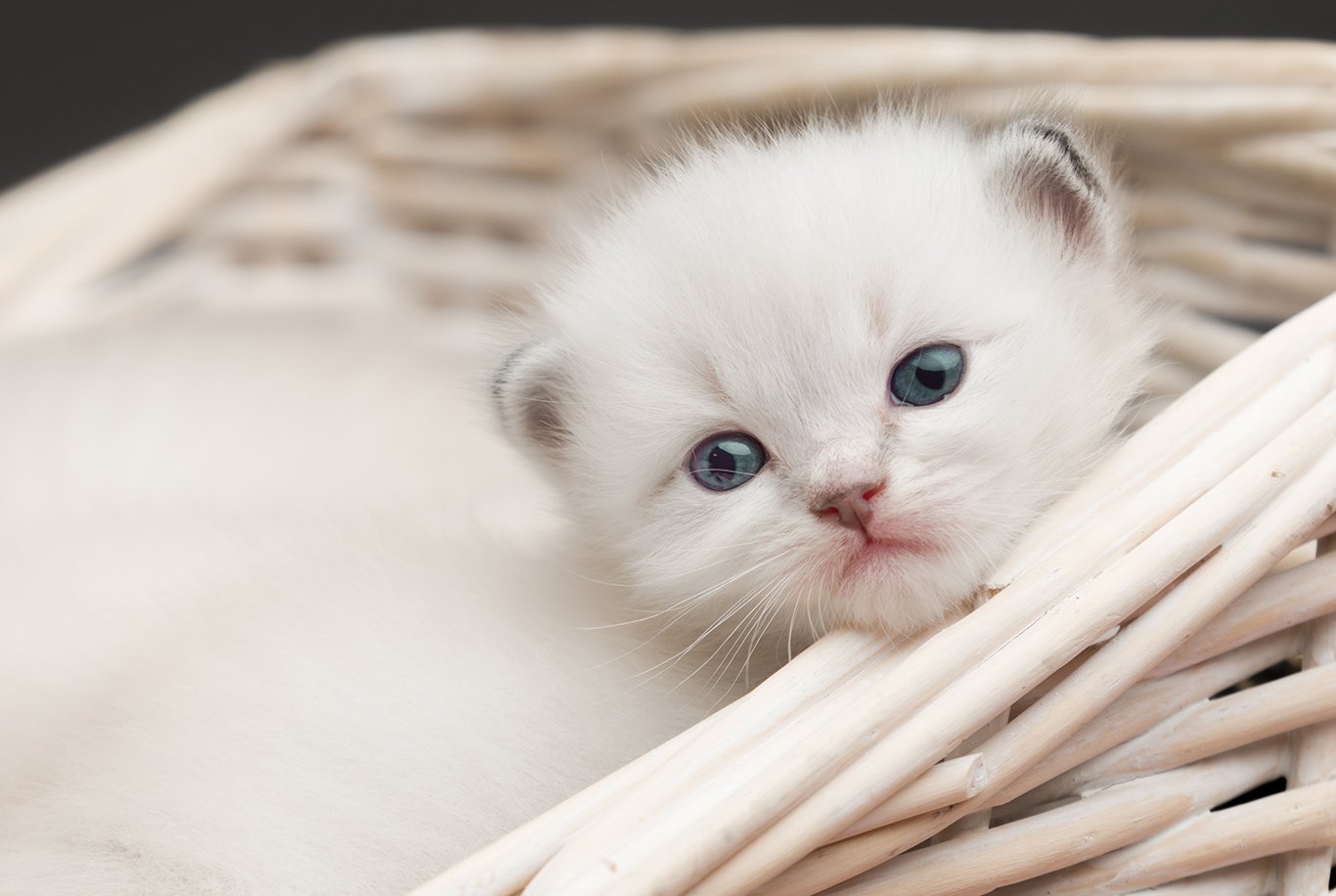
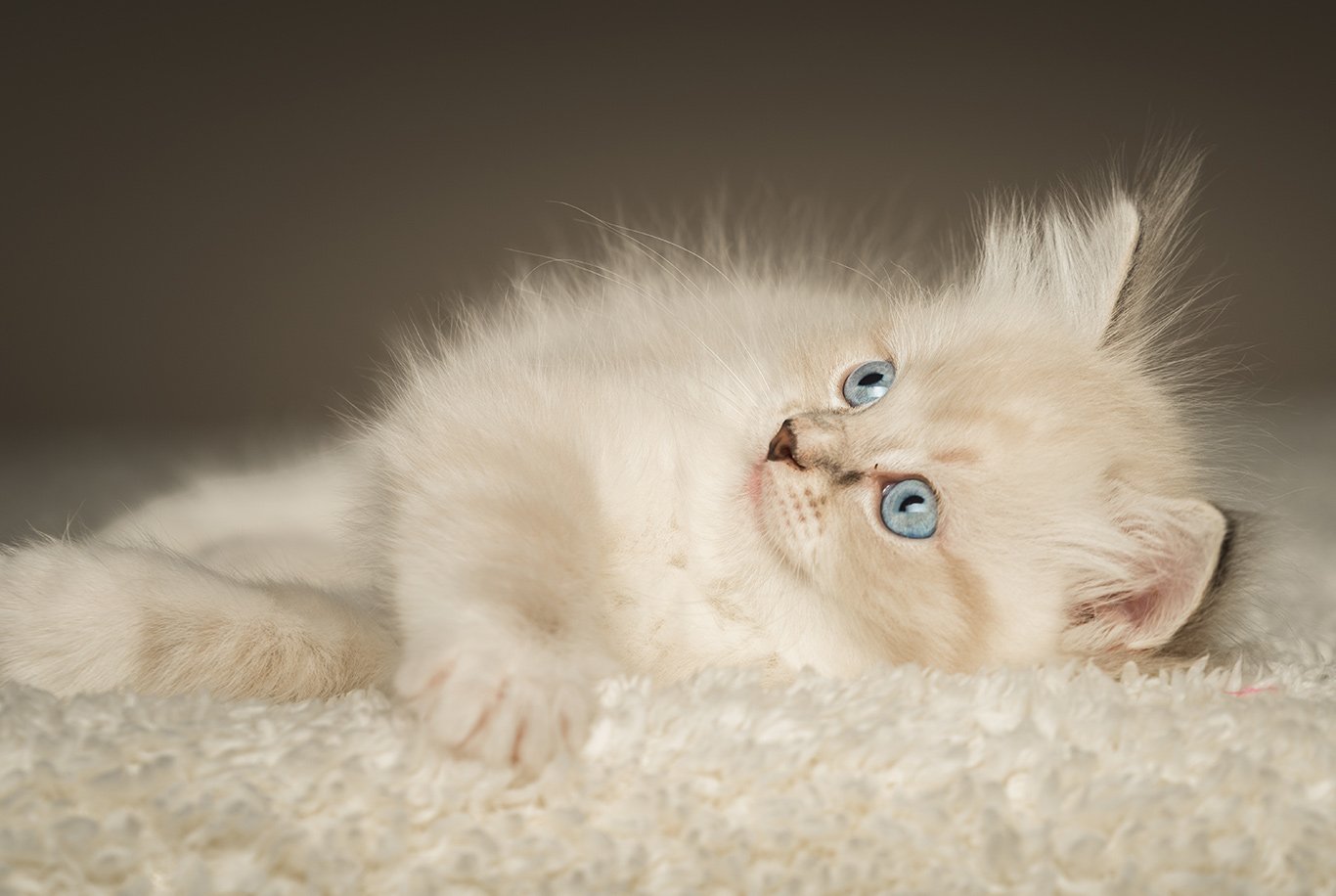
Ragdoll’s nutrition
As Ragdolls are one of the biggest cat breeds, with adult males weighing up to 9kg, these cats must be provided with a healthy and well-balanced diet and a proper amount of physical activity to keep them in the best shape possible. Kroketter from Husse range is a complete and balanced diet in two taste variants: chicken and fish and provides optimal nutrition for cats with normal energy levels. Ragdolls are not the biggest fans of the outdoors and do enjoy their time spent lounging on the couch. Monitor your cat’s weight and feed the recommended amount for their specific size. Ragdolls are somewhat prone to urinary tract issues, namely bladder stones. Should your Ragdoll cat experience problems with urinary health, switching to Exclusive Urinary dry food containing natural cranberry extract and balanced levels of magnesium, calcium and phosphorus will help support your cat’s urinary tract.
Detailed description of Ragdoll
Ragdolls appear as strongly built and muscular cats that are large in size. They have a rather long and silky coat and are known for going completely limp when picked up by someone, who they trust.
Genesis
Ragdoll is considered to be a modern cat breed, with the breed’s history beginning in the 1960s. A breeder of Persian cats from California crossed white domestic longhaired cat named Josephine with a Burmese or Birman cat that had a point colouration typical of the Siamese cats. Cats from that litter were later selectively bred with Persian and Burmese cats to produce a breed known today as Ragdoll. The breed got its name from the cats’ tendency to go limp and relaxed when picked up. Ragdolls were bred to be placid in nature, affectionate and loyal to their human.
Appearance
Ragdoll is one of the biggest domesticated cat breeds with adults measuring up to 53 cm in length and weighing up to 9kg. This cat breed has a sturdy body and a large frame paired up with proportional legs. Eyes are large, oval and blue in colour. Ragdolls have a silky coat that is longer on the stomach, neck and hind legs. The coat lacks a dense undercoat that supposedly reduces shedding and matting of the fur. Ragdolls usually come in three fur patterns: colourpoint, where the extremities on the body (face, ears, tail and legs) are darker than the rest, mitted, resembling colourpoint, but paws and tail remain light and bicolour, where most of the coat is light and a triangle of white fur appears on a darker face.
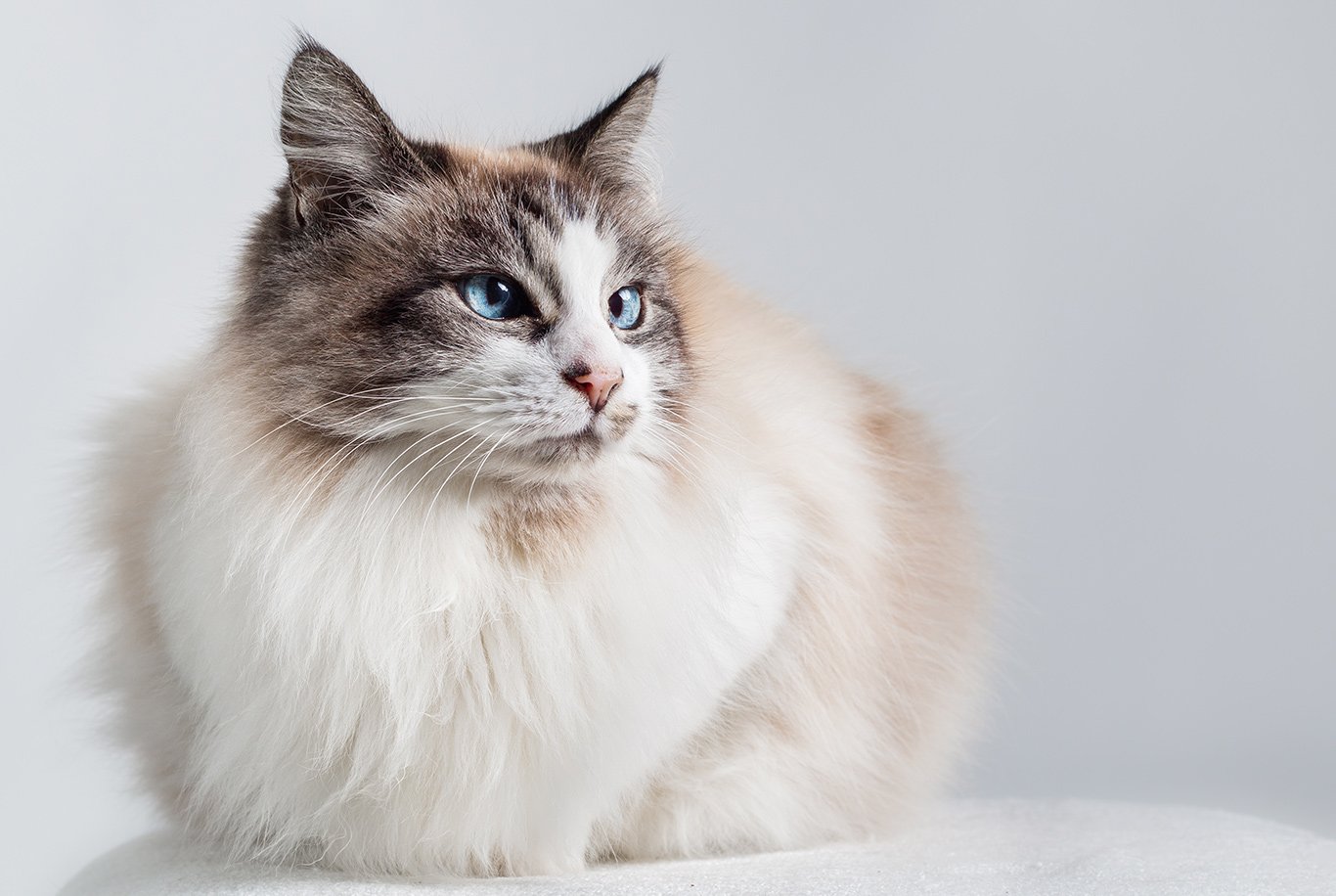
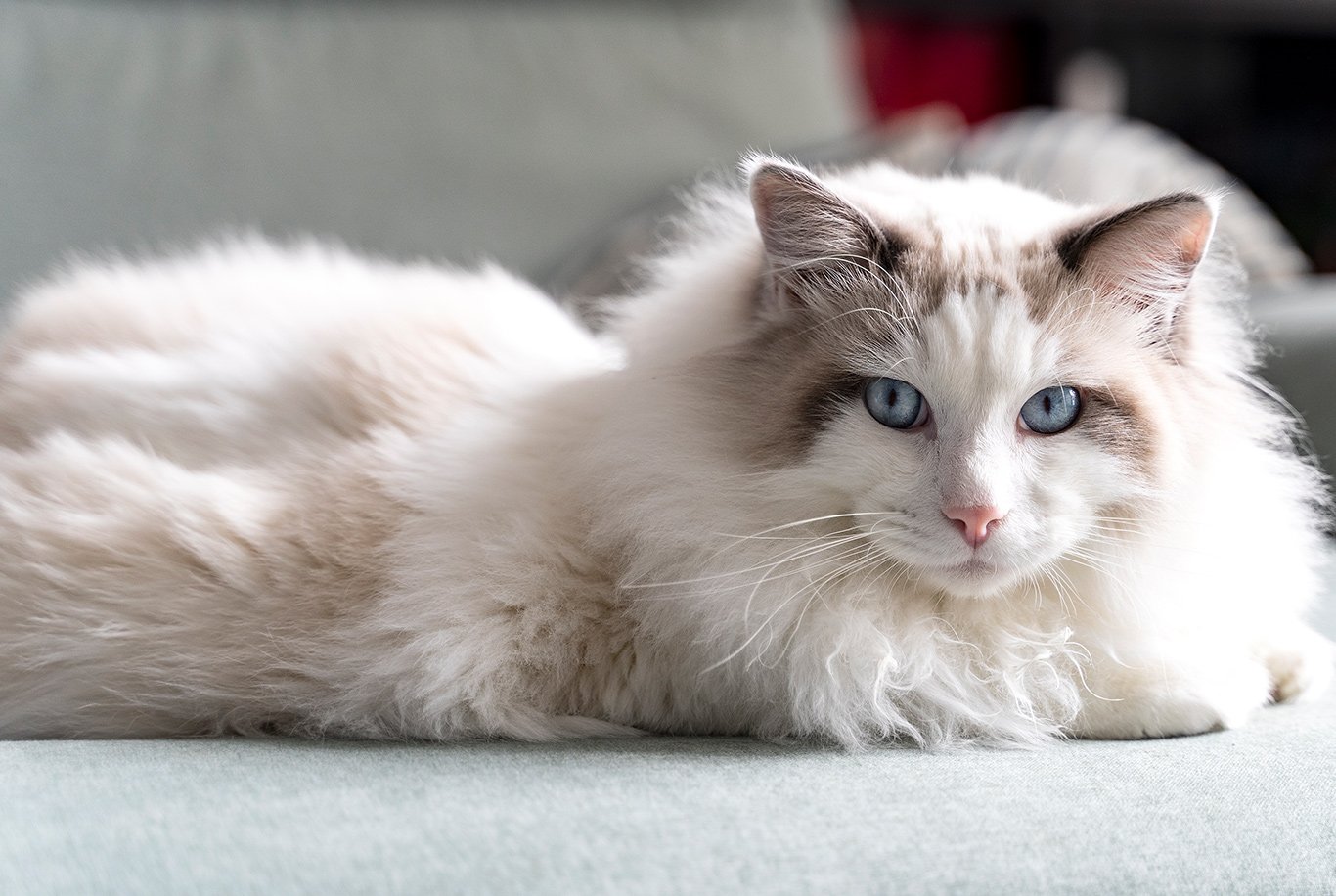
Behaviour
This cat breed is very affectionate with humans and will usually follow the owner around the house. Ragdolls make for very curious cats and will gladly take part in any activities around the house, intently observing their surroundings. They are known for easily adapting to their human’s routine. These cats will gladly greet their people at the door and leap into a lap whenever possible. Ragdolls feel most comfortably indoors, where they can lay on the couch or chair. Cats of this breed are not the biggest climbers, and will usually be happy to stay on the same level as their people. Ragdolls are not excessively vocal, and will typically meow to remind you of mealtime or demand petting. This breed is famous for its tendency to go completely limp when carried on hands.
Requirements
As Ragdolls are quite an intelligent cat breed they do require more mental stimulation to keep them happy and in their best shape. Ragdolls are fond of retrieving toys they have been tossed. Since Ragdoll is big in size providing your cat with a big litterbox and sturdy and tall scratching post is necessary. Bear in mind, that as Ragdolls are not the biggest fans of heights and climbing, you do not need to supply them with a tall cat tree. Ragdollsdo not particularly like nature and are best kept as indoor-only cats.
Daily care
With the long one-layered coat that lacks a dense undercoat, Ragdoll’s fur does not require any additional care apart from regular brushing. With long fur on the tail and back of the hind legs, Ragdolls may get some faeces stuck in their fur. If it happens make sure to clean your cat with a damp towel or wet wipe made specifically for cats. Trim your cat’s claws when they get too long.
 dr Anna Plummervet and blogger
dr Anna Plummervet and blogger
















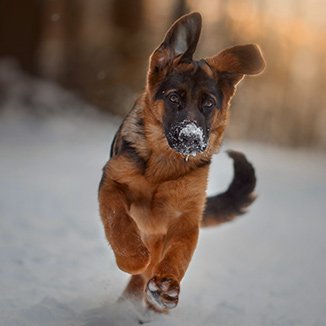 German shepherd
German shepherd Maltese
Maltese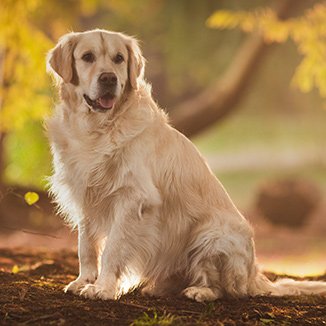 Golden retriever
Golden retriever Beagle
Beagle Rottweiler
Rottweiler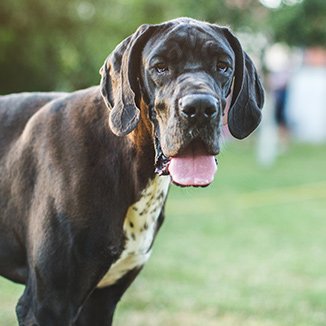 Great Dane
Great Dane Poodle
Poodle Siberian husky
Siberian husky French bulldog
French bulldog Pug
Pug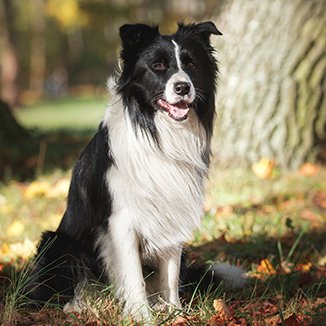 Border collie
Border collie Chihuahua
Chihuahua Pomeranian
Pomeranian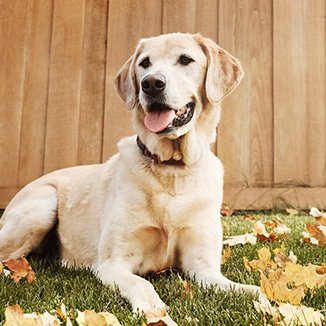 Labrador retriever
Labrador retriever English bulldog
English bulldog Chow chow
Chow chow Samoyed
Samoyed Cane corso
Cane corso Doberman
Doberman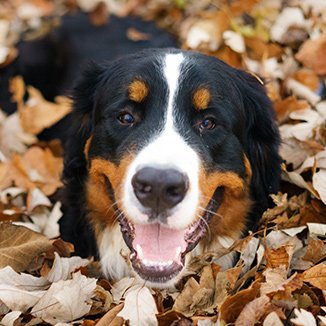 Bernese Mountain Dog
Bernese Mountain Dog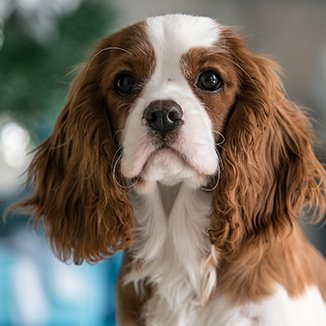 Cavalier King Charles Spaniel
Cavalier King Charles Spaniel Cocker Spaniel
Cocker Spaniel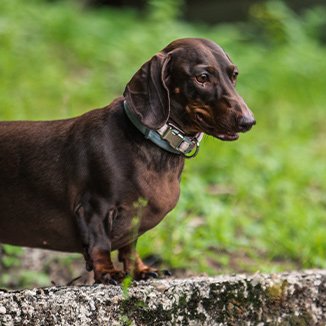 Dachshund
Dachshund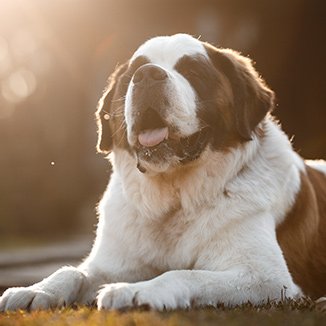 St. Bernard
St. Bernard Maine coon
Maine coon Ragdoll
Ragdoll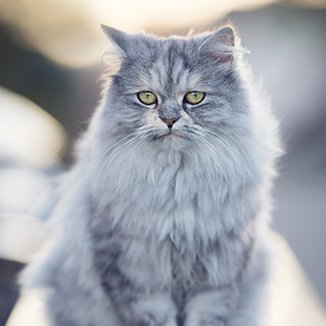 Persian cat
Persian cat Siamese cat
Siamese cat Cornish rex
Cornish rex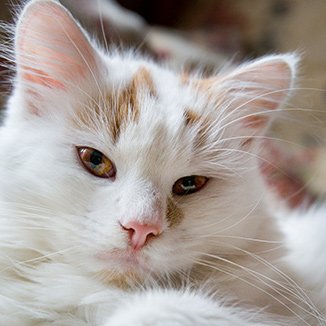 Turkish van
Turkish van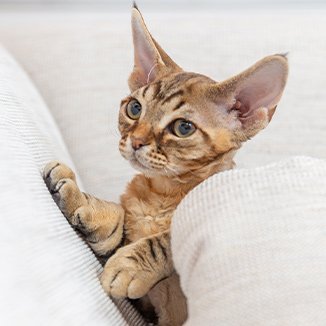 Devon rex
Devon rex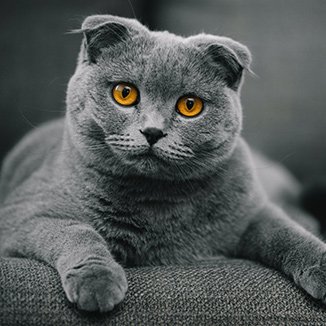 Scottish fold
Scottish fold Siberian cat
Siberian cat Selkirk rex
Selkirk rex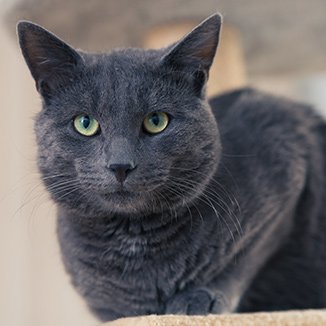 British shorthair
British shorthair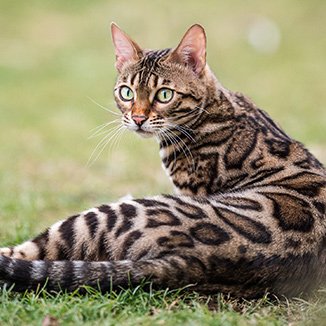 Bengal cat
Bengal cat